Washburn’s Outdoor Journal
Photography courtesy of Lowell Washburn, all rights reserved.
If there was a single month of the year that I could grab, put in a bottle, and keep forever – that month would be October. For those who love the out-of-doors, the month of October offers an unparalleled array of sights and sounds. Fall colors achieve their peak during October. Our marshes and woodlands
Read More
If you’ve not yet seen or heard a big old bullfrog booming from the edge of your favorite fishing hole or duck pond, hold on. The time is coming when you will. Whether or not you view that statement as good news or bad is largely a matter of personal perspective.
A native inhabitant of Mississippi
Read More
Spring Surveys Remained Largely Unchanged
When the days grow cooler and autumn winds shift to the north, Iowa duck hunters can expect to encounter good numbers of waterfowl during the 2025 hunting seasons. Although six of the ten key surveyed species showed a slight to moderate increase, a combined survey total of 34 million ducks
Read More
This year’s multi-segmented, multi-zoned Iowa duck season kicks off with a statewide teal-only hunt beginning September 6. Although Iowa teal seasons have traditionally allowed for 16 consecutive days of teal hunting, the season will be trimmed to 9 days for 2025.
According to federal [U.S. Fish & Wildlife Service] guidelines, a 16-day teal season is only
Read More
After a year of enduring things like weather, migration, and the rearing of youngsters, a bird’s feathers began to show their age. The annual replacement of those worn feathers is called the molt. For birds like male cardinals, the molt merely consists of trading an old red feather for a new red feather. For others,
Read More
With its four-foot height, ear-piercing call, and six-foot wingspan; I think you’d be hard pressed to find a bird with more charisma than the crimson-capped sandhill crane. After a century of absence, sandhill cranes are becoming increasingly common across Iowa. Nesting cranes are currently documented in more than 40 Iowa counties with the greatest densities
Read More
Biologists with the Iowa Department of Natural Resources have completed statewide July goose banding operations. This year, a total of nearly 4,000 Canada geese were successfully captured and banded, according to Orrin Jones, DNR State Waterfowl Biologist.
DNR Waterfowl Biologist, Orrin Jones bands a young Canada goose. Biologists use leg bands to track goose movements and
Read More
According to Iowa’s state climatologist, last winter was the fourth least snowy in 138 years of record keeping – a real boon for winter pheasant survival. The abnormally dry winter was followed by normal spring rainfall and favorably warm [average] spring temperatures.
“Given the statewide weather information, we are expecting a good nesting effort and pheasant
Read More
A Yellow-headed Blackbird, Of Course!
With its bright golden mantle and jet-black body, it would be hard to mistake the yellow-headed blackbird for any other species. An inhabitant of Iowa marshlands, the yellow-head has a unique and complex life history. That, along with the male’s distinctive buzzing song, makes the yellow-headed blackbird one of my
Read More
Spring is in the air -- literally. Leaving their winter homes, millions of neotropical songbirds are now winging their way to northern nesting grounds. For many species, the flight between South American wintering areas and Canadian nesting grounds is a rigorous journey that traverses thousands of miles. Hidden from human eyes, the migration miracle occurs
Read More
Birding enthusiasts are always on the lookout for something out of the ordinary – a new or rare species that they’ve never seen before. North Iowans got their wish this week when a migrating flock of nine white-faced ibis made a three day stop at Cerro Gordo County’s Haugen Wildlife Area, located north of Ventura.
Feeding
Read More
For Iowa’s wild turkeys, the lengthening days of spring bring on a dramatic change in attitude. Gobblers that have peacefully spent the entire winter residing in close knit bachelor groups are suddenly defriending their associates. It’s the spring nesting season and for long bearded, ill-tempered toms, the wooing of hens has become a far greater
Read More

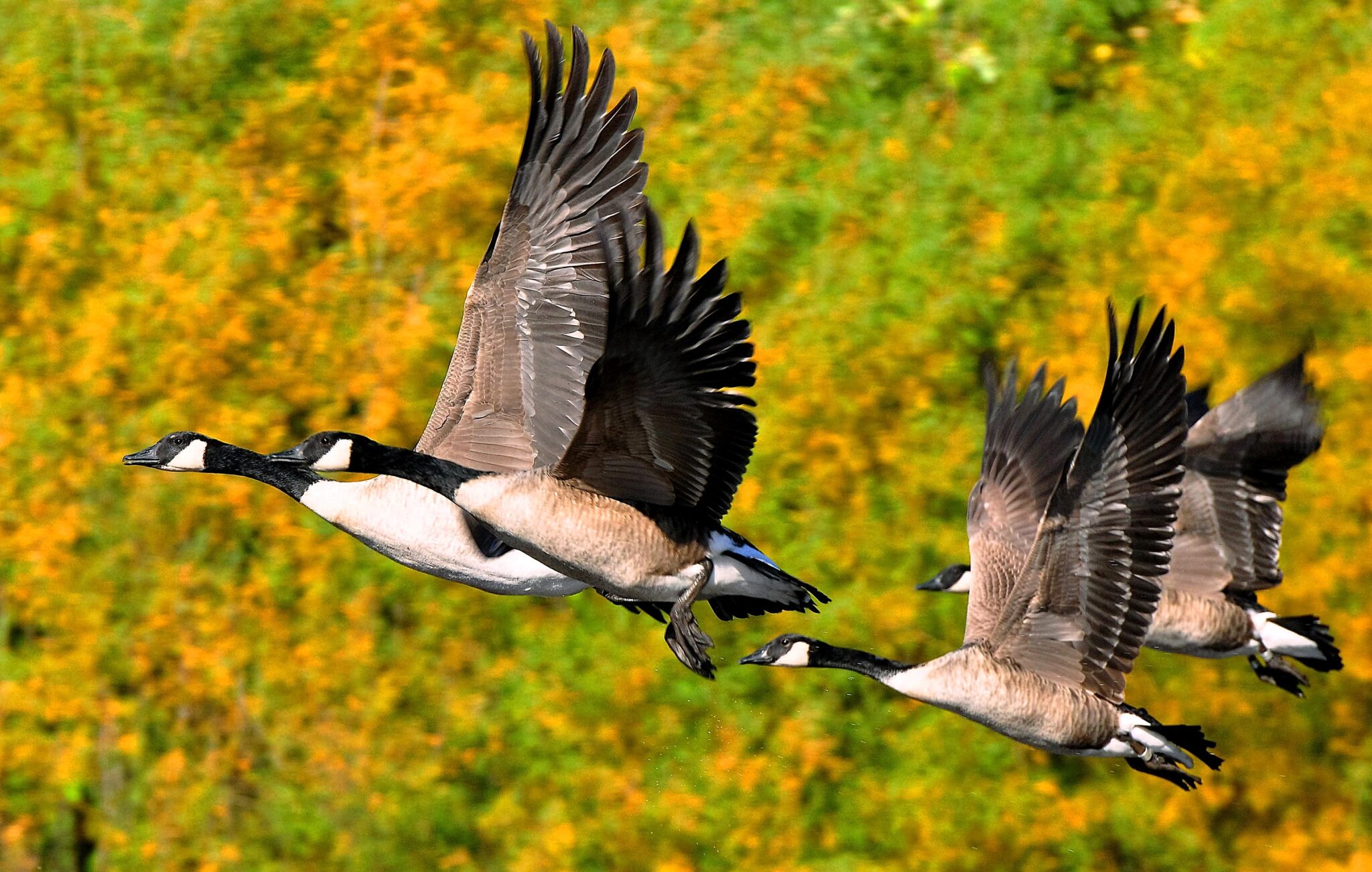
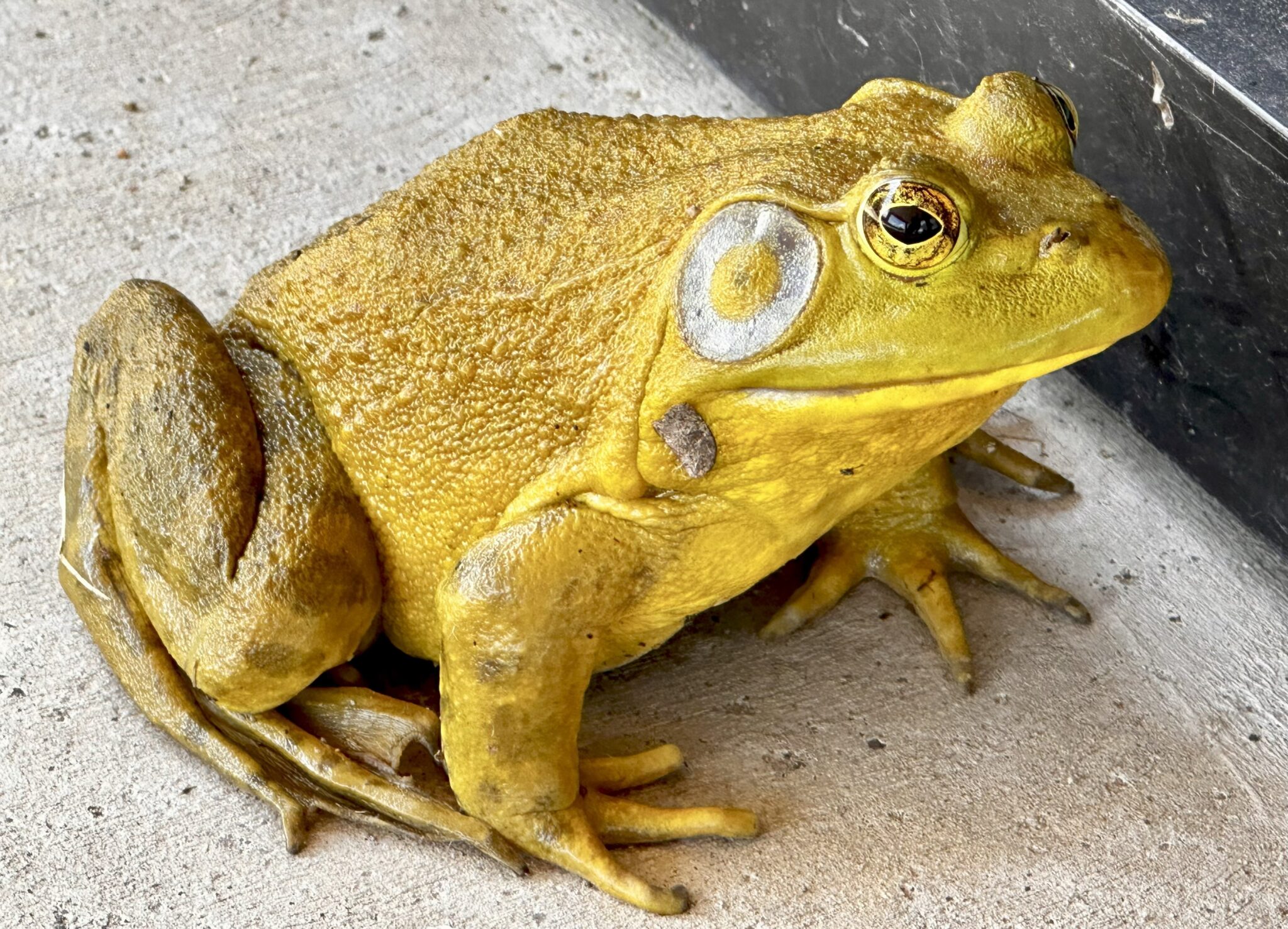

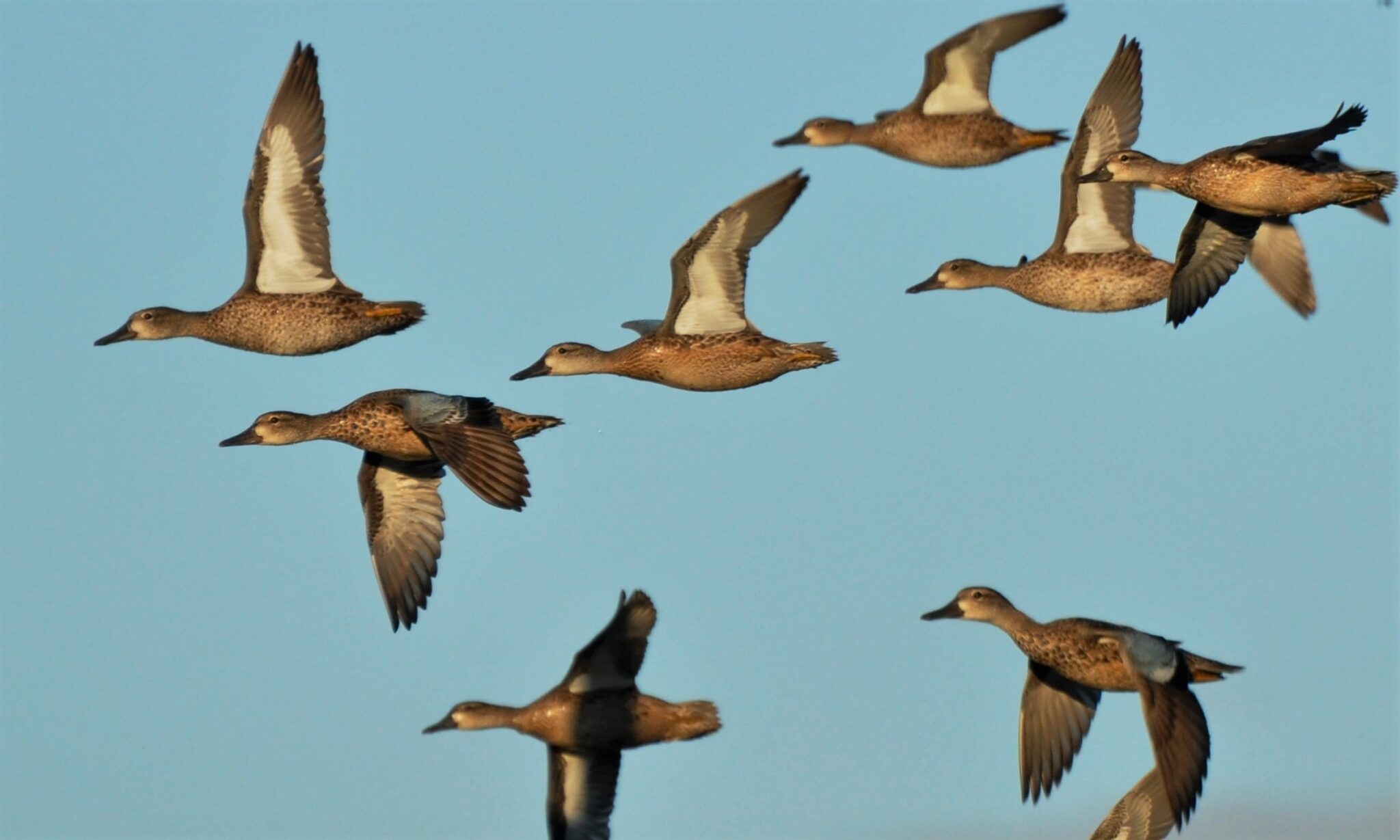
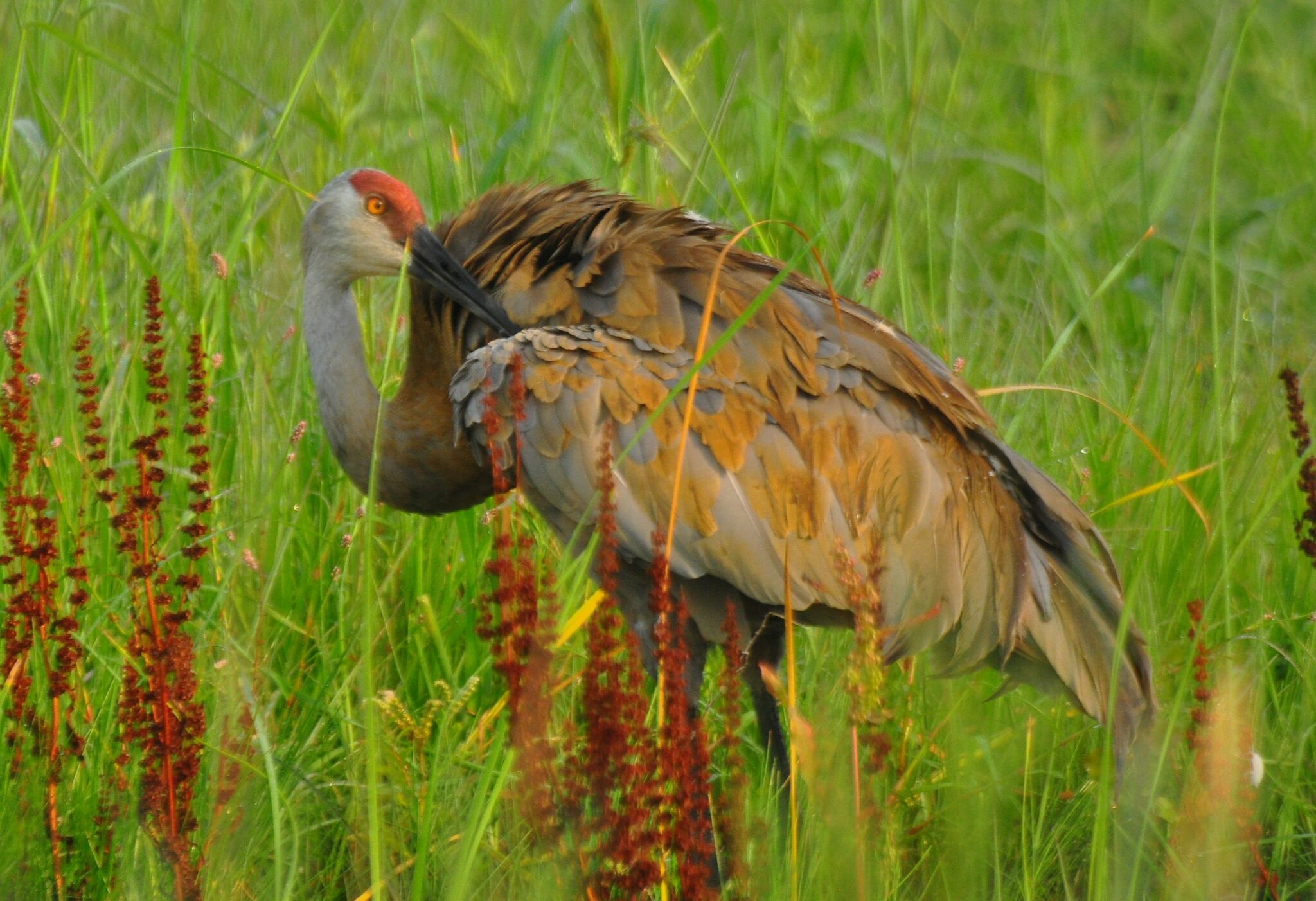
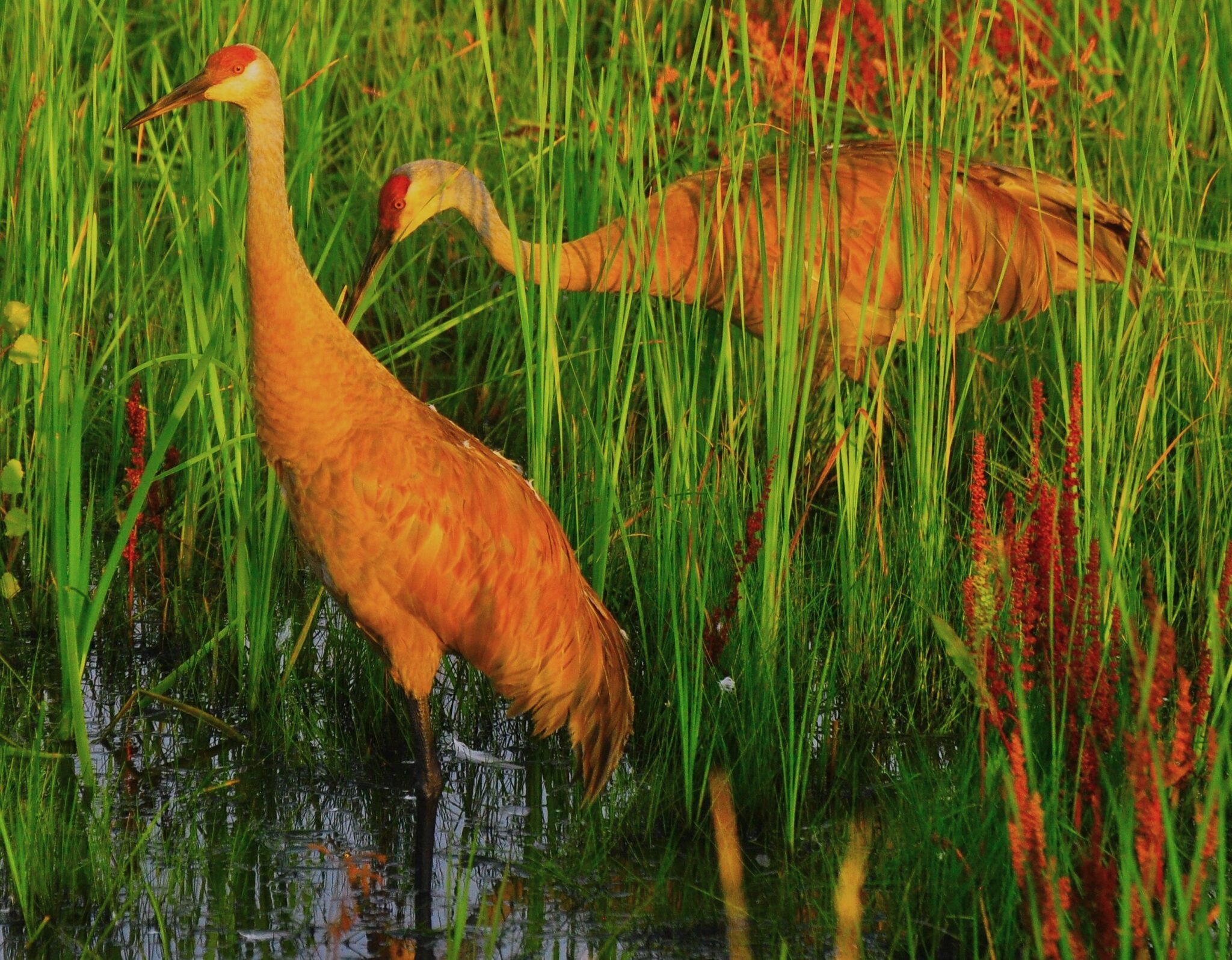
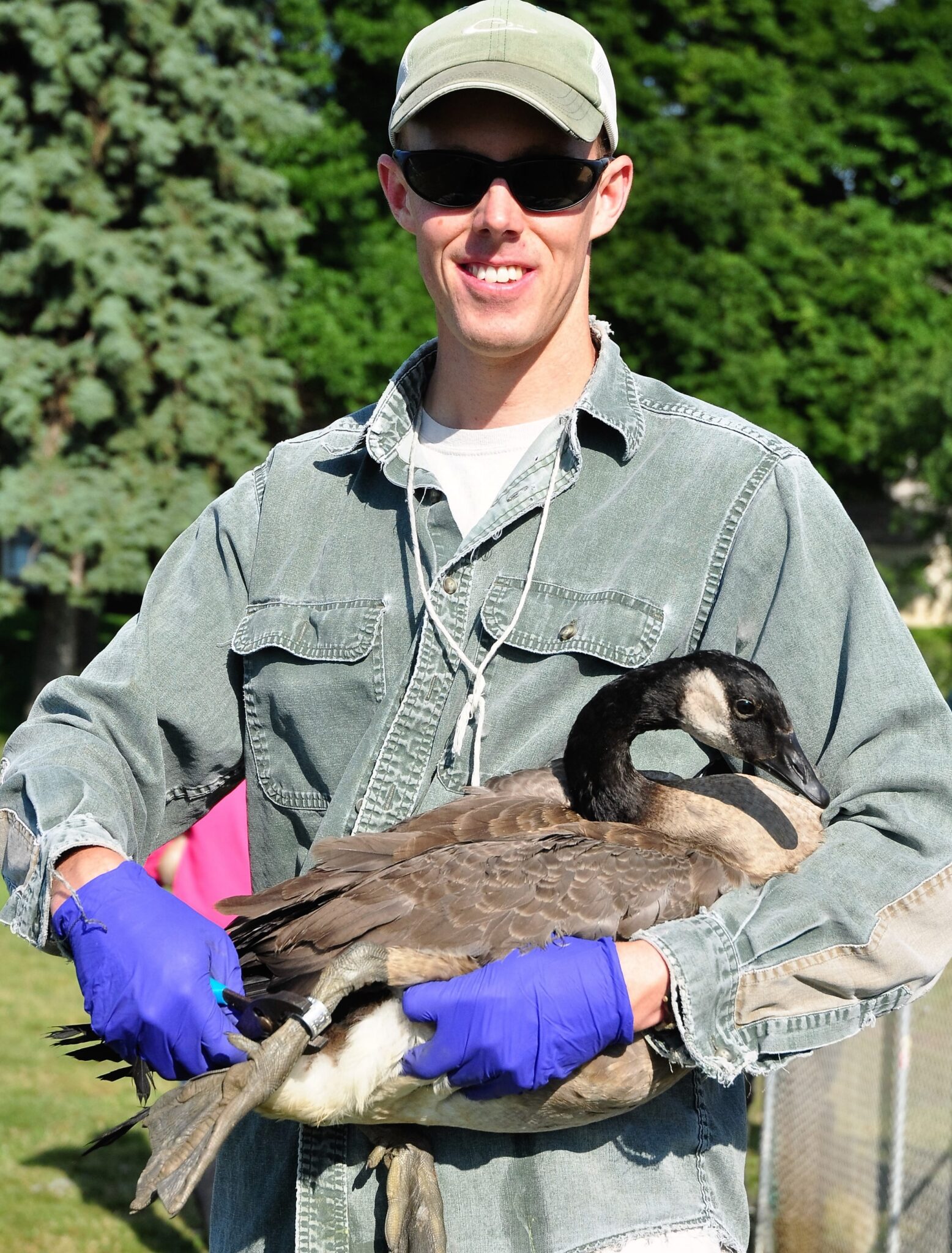
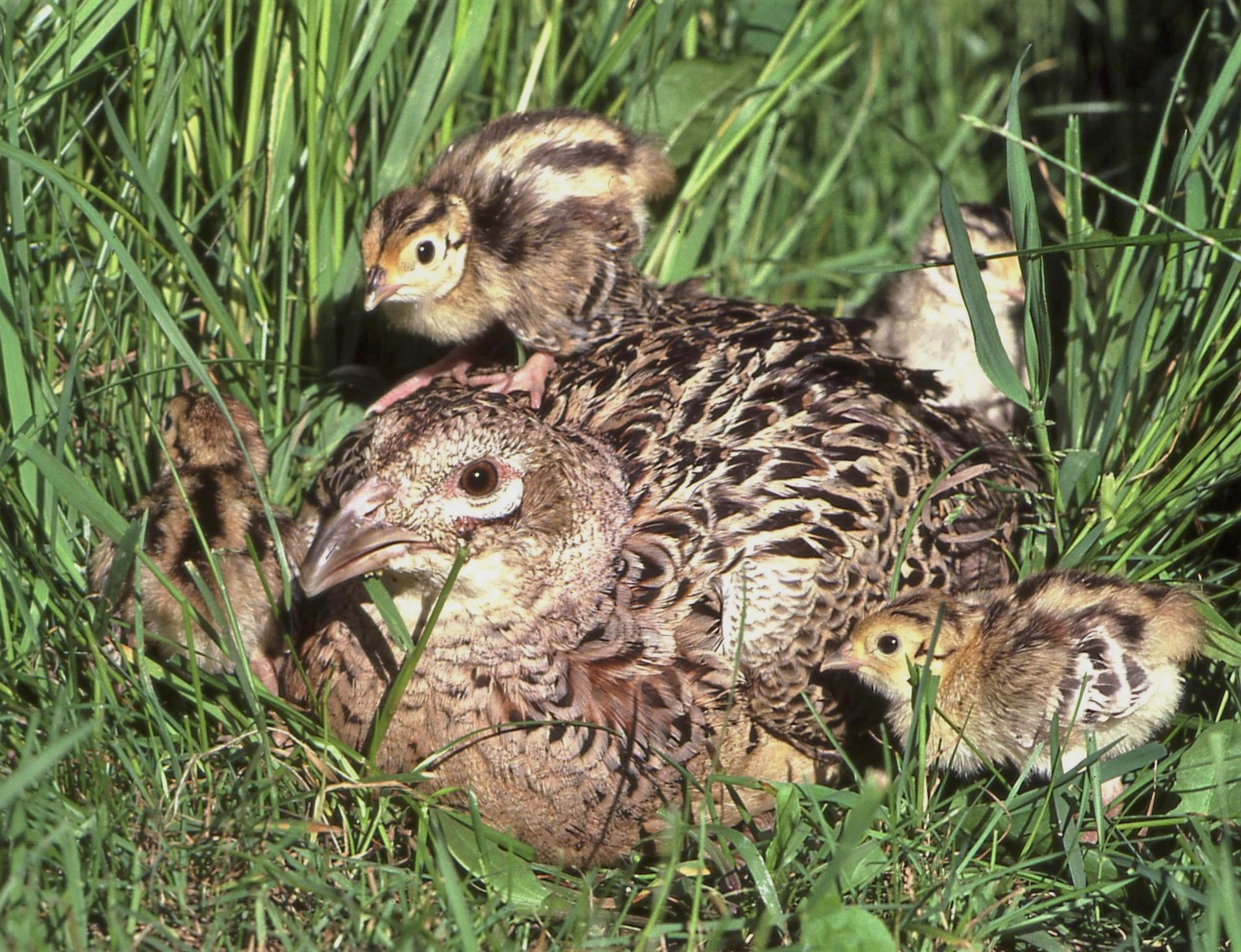
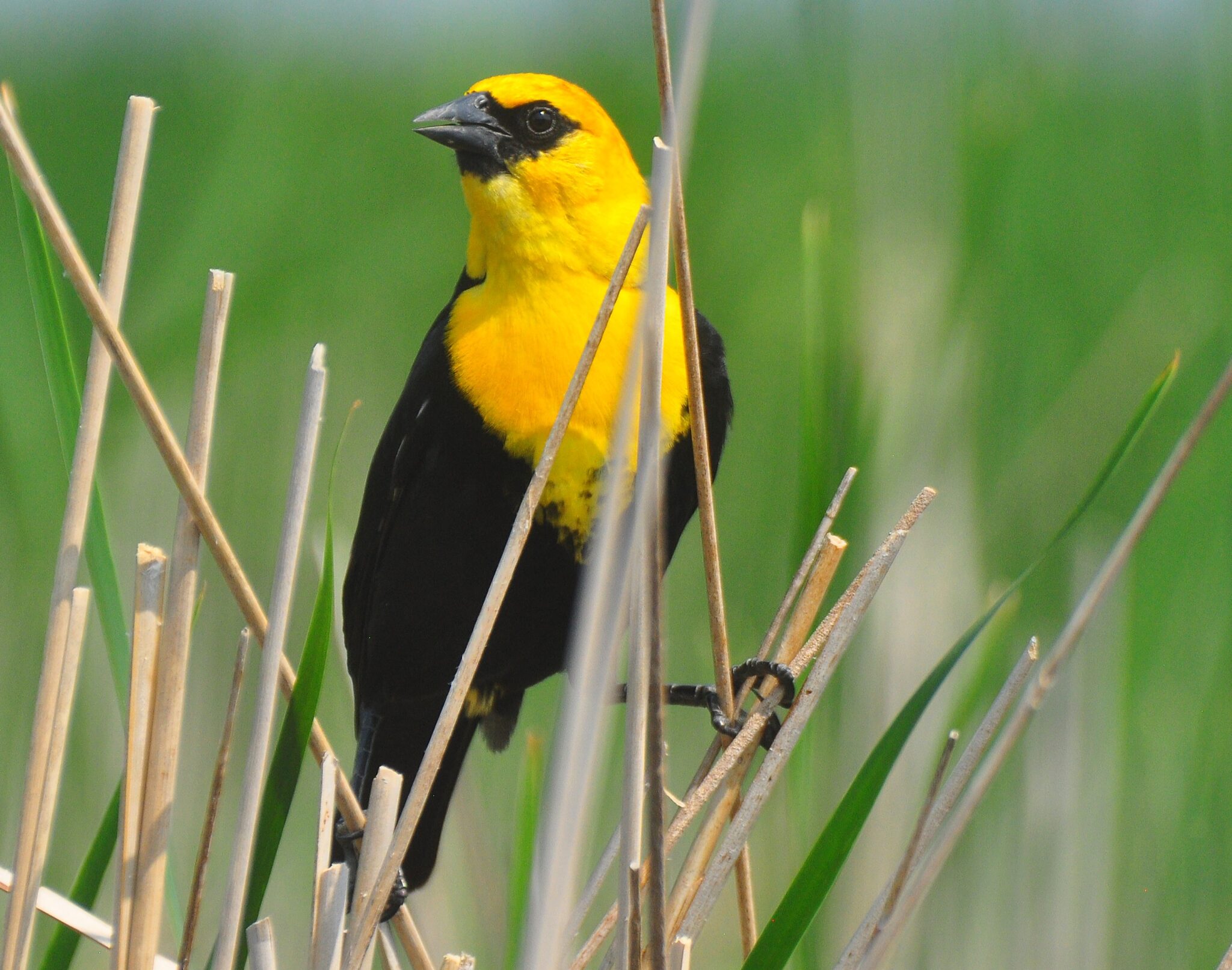
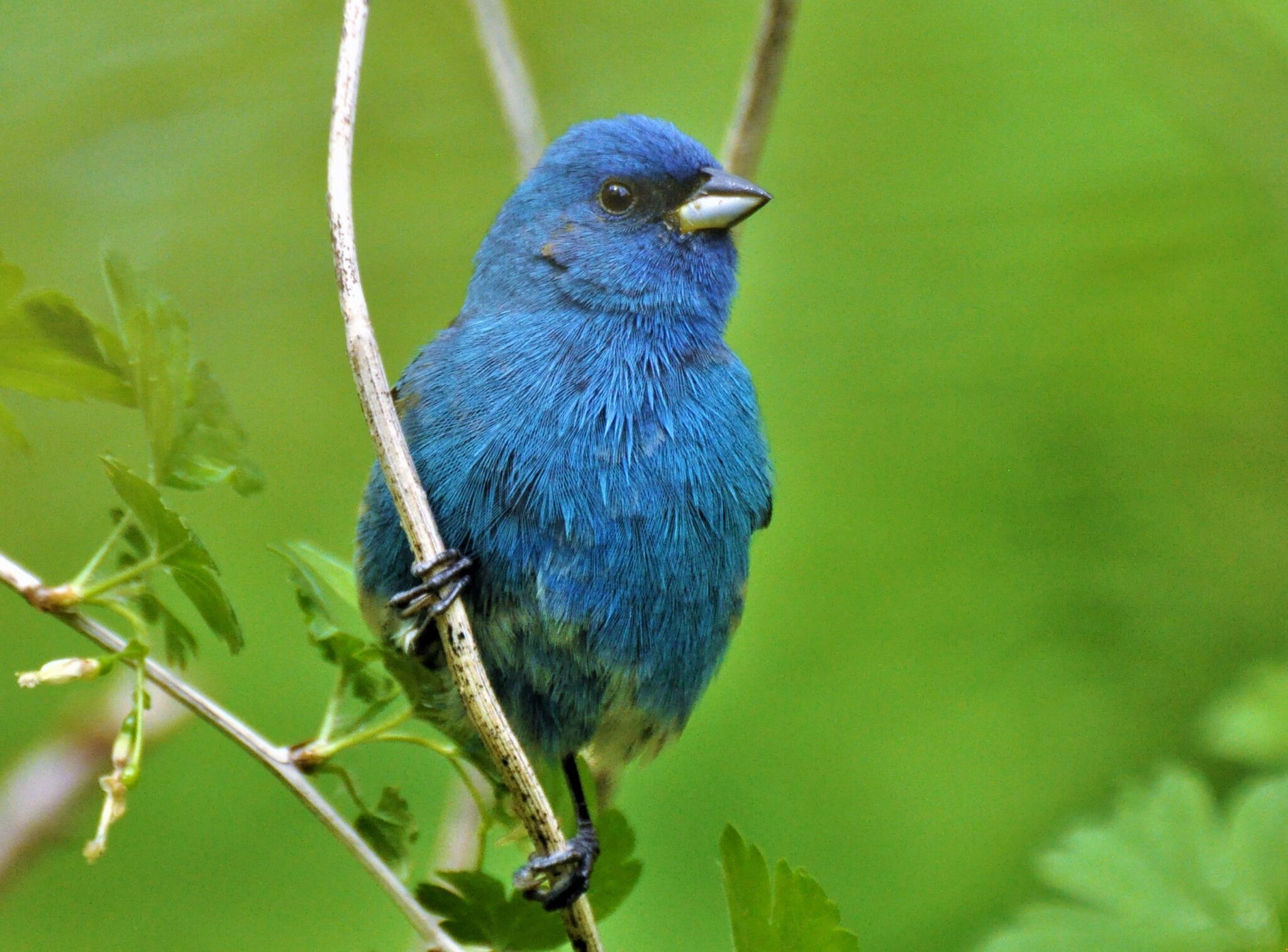

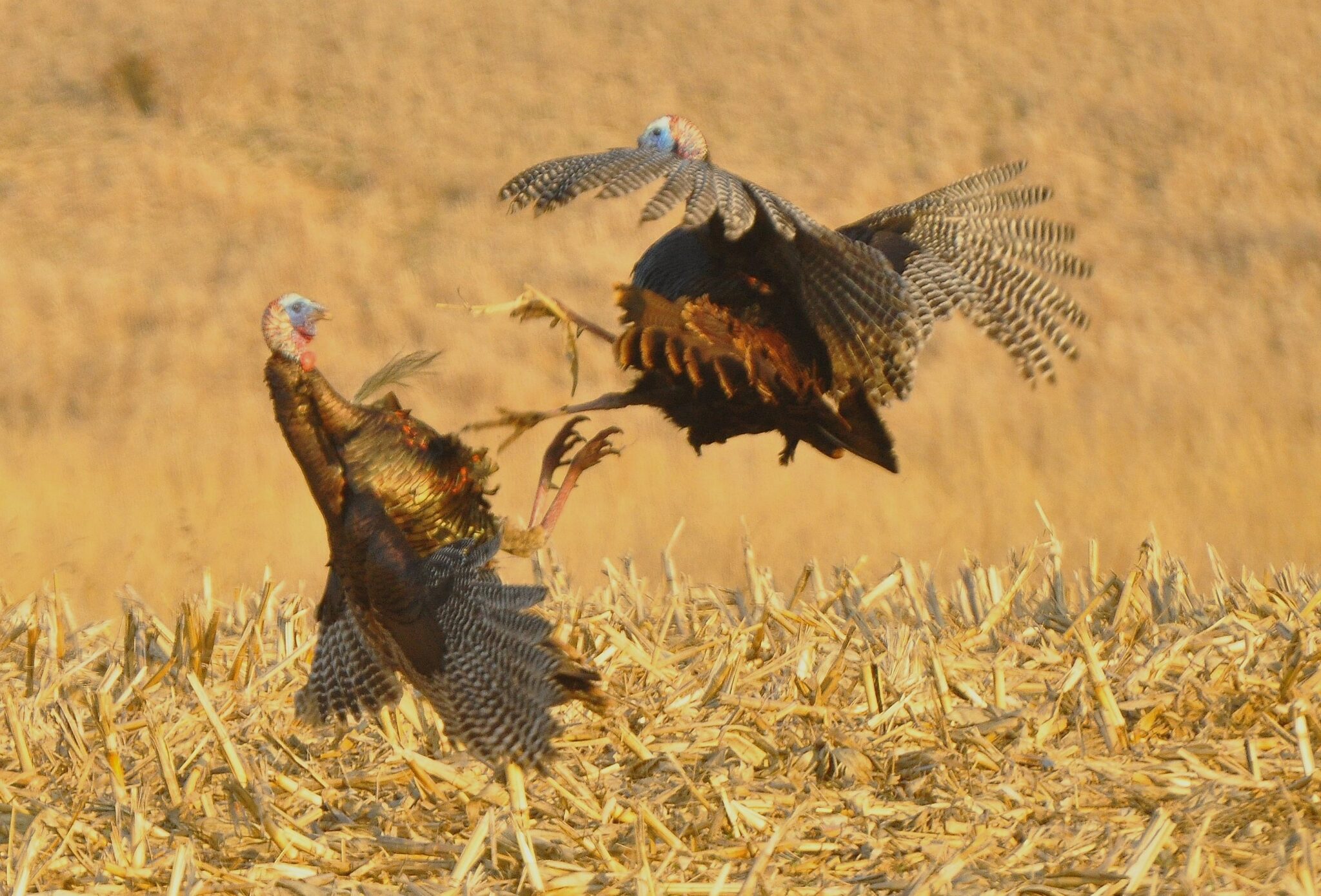
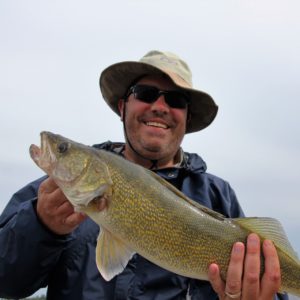 Tom Cope
Tom Cope Sue Wilkinson
Sue Wilkinson Susan Judkins Josten
Susan Judkins Josten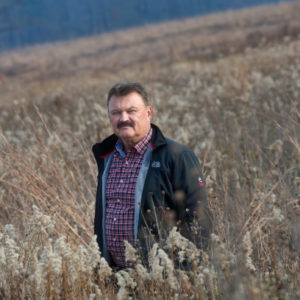 Rudi Roeslein
Rudi Roeslein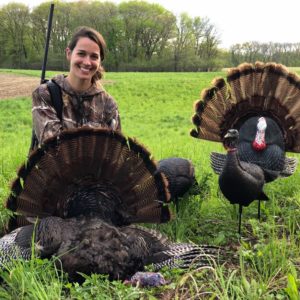 Elyssa McFarland
Elyssa McFarland Mark Langgin
Mark Langgin Adam Janke
Adam Janke Joe Henry
Joe Henry Kristin Ashenbrenner
Kristin Ashenbrenner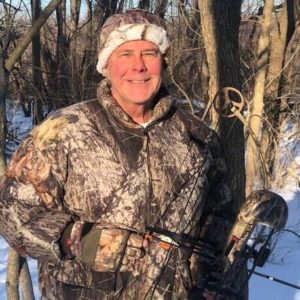 Joe Wilkinson
Joe Wilkinson Dr. Tammy Mildenstein
Dr. Tammy Mildenstein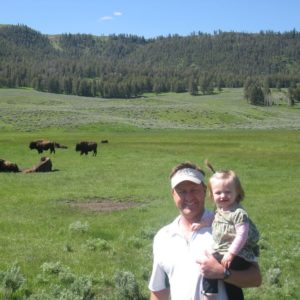 Sean McMahon
Sean McMahon